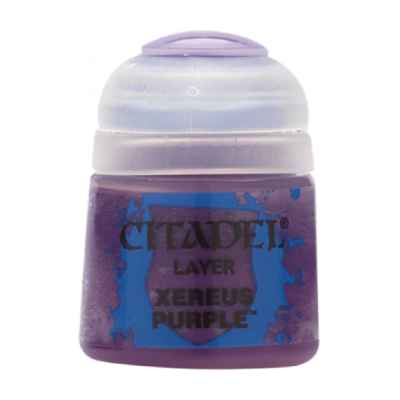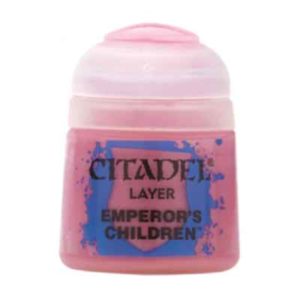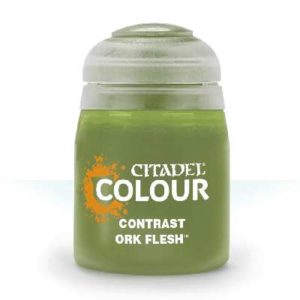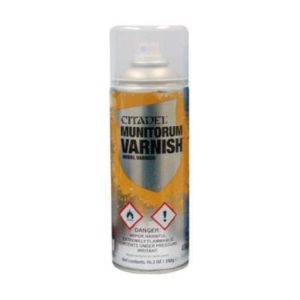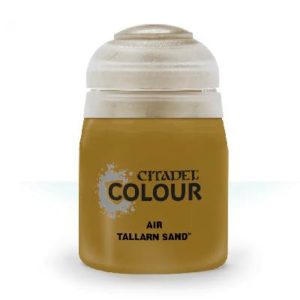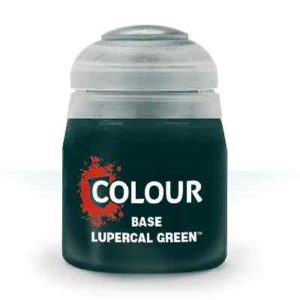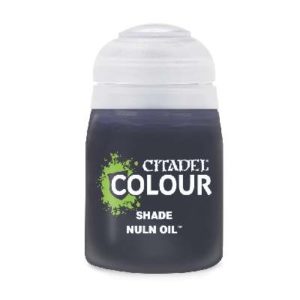Xereus Purple is a vibrant, rich shade of purple from Citadel Colour. As a base coat, it provides an excellent foundation for miniature painting, with a matt finish and high pigmentation for optimal coverage. The acrylic pigments in Xereus Purple allow for easy blending and layering, making it a great choice for beginners looking to expand their palette of colours for miniatures. The color is full of depth and complexity, like a dark purple velvet or grape juice. It’s perfect to use as a foundation or starting point for more advanced miniature painting techniques.
What Xenos Armies to paint with Xereus Purple
- The first army that comes to mind when using Xereus Purple is the Eldar. The Warhammer 40K universe’s Eldar are a highly advanced and technologically advanced race, and Xereus Purple would be an excellent choice to accentuate the intricate designs on their armor and machinery. Additionally, the rich purple color would complement the Eldar’s sleek and elegant aesthetic.
- Another army that would look great with Xereus Purple is the Necrons. The Necrons are a faction of robotic soldiers, and Xereus Purple would be a fitting color for their metallic armor and machinery. The dark, rich shade of purple would contrast nicely with the Necron’s silver and gold accents, and could be used to create a sense of otherworldliness and ancient technology.
- The third army that would work well with Xereus Purple is the Tyranids. The Tyranids are a race of monstrous creatures, and Xereus Purple would be a great choice for highlighting the bio-mechanical details on their infantry and guns. The deep purple could also be used to create a sense of otherworldly, alien flesh on their monstrous tanks, creating a striking effect on the battlefield.
The decision of the list was made by considering the color scheme that would best fit the army aesthetic, and how the Xereus Purple could be used to accentuate the unique features of each army. The color scheme and the miniatures details were taken into account.
The armies were chosen for their potential to show the versatility of Xereus Purple in different factions of the Warhammer 40K universe.
Xereus Purple Colour Schemes & Combinations
The decision of the list was made by considering the color theory and how the paint would complement and contrast with Xereus Purple to create a visually pleasing and balanced miniature.
- Mournfang Brown is a rich, dark brown that would complement Xereus Purple well. According to colour theory, brown and purple are split-complementary colours, which means they are opposite each other on the colour wheel and create a pleasing contrast when used together. This colour combo can be used for shadows, highlights and creating a sense of depth and balance.
- Yriel Yellow is a bright, sunny yellow that would make a great contrast to Xereus Purple. Yellow and purple are also split-complementary colours, and this combination could be used to create a striking and eye-catching effect. Yriel Yellow can be used to create highlights and add a pop of colour to the miniature.
- Zandri Dust is a light, bone-coloured paint that would work well with Xereus Purple. According to colour theory, bone and purple are analogous colours, which means they are next to each other on the colour wheel and create a harmonious and cohesive look when used together. This colour combination can be used for creating a sense of balance and depth in the miniature.
- Leadbelcher is a metallic paint that can be used together with Xereus Purple to create a striking contrast. The dark metallic grey shade can be used to paint metallic parts of the miniature and add a sense of realism.
The hues and shades of the paint were considered to create a range of tones and to add depth and realism to the miniature. The paint that were chosen are versatile and can be used in different parts of the miniature.

